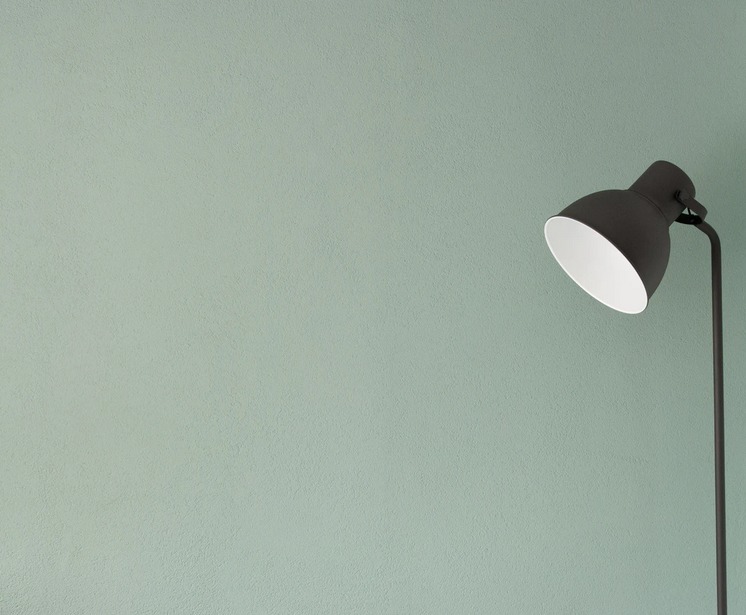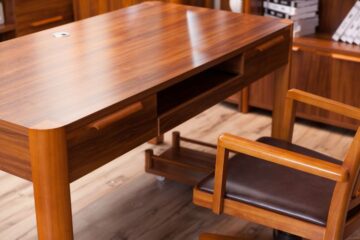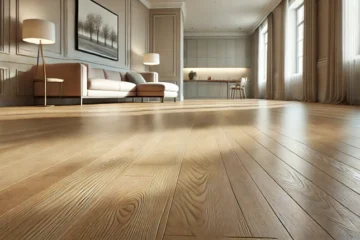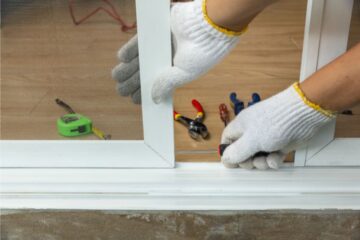How to Prepare for Interior Painting

In the home, surfaces are frequently uneven or damaged, or show indications of prior paint and wallpaper applications. You must prepare these surfaces before beginning a painting operation so that the paint will adhere evenly and properly.
Materials and Tools
Before you paint, you’ll need the following goods to prepare the walls, ceilings, and other surfaces.
- Wallpaper perforation tool: This instrument aids in the removal of previously installed wallpaper. It makes small holes in the paper so that wallpaper removal solution can seep through and destroy the glue holding the paper to the wall.
- A drywall knife with a 6″ blade is essential for simple drywall repairs.
- Joint compound and fiberglass tape can be used to repair nearly any minor hole or fracture in drywall or plaster. In layers, build up thick patches, sanding in between coatings.
- Paint deglosser: This compound dulls glossy surfaces so new paint adheres easier. It’s especially useful on detailed trim work.
- Paint remover is a chemical solution that is used to remove paint from a surface.
- Wood filler is a putty that is used to replace gaps, cracks, and nicks in wood. It comes in a variety of hues and can be applied to painted or unpainted surfaces.
- 1 1/2″ putty knife: For applying wood filler, this is the instrument of choice.
- Heat gun: This equipment uses a concentrated blast of hot air to melt paint and other finishes on a surface. Scrape the paint off with a putty knife or steel wool once it begins to blister.
- Smoothes drywall joint compound and wood filler patches with a palm sander. It can also be used to remove dried wallpaper adhesive and stripped smooth wood trim.
- When using paint deglosser, paint remover, or wallpaper remover, wear rubber gloves to protect your hands from chemical exposure.
Caution: Lead Paint
The Consumer Product Safety Commission (CPSC) outlawed lead paint in residential structures in 1978. Your paint should be lead-free if your house was built after 1978. Take a small sample of paint and send it to a testing facility if your house was built before that date. Call the National Lead Information Center at 800.424.5323 to discover a lab that tests for lead in your region. If the test is positive, you can have the paint removed by a lead-paint removal contractor or have it stabilized and encapsulated by a professional painter who has been trained in lead-paint removal techniques.
How to Repair a Popped Nail
To begin, drive a screw slightly below the nail pop into the drywall panel. Remove the popped nail or push it below the surface with a hammer after the panel is tight. Then cover the nail pop and the new screw with joint compound. Allow the compound to cure before sanding it to match the surrounding surface.
How to Restore Peeled Paint
Paint peeling can be caused by a variety of factors, but the majority of issues are moisture-related, such as a plumbing leak behind the wall or a lack of ventilation. Before you fix the peeling paint, make sure the source of moisture is fixed. Start by scraping the damaged paint away with a drywall knife. Then apply joint compound on the depression. Sand the compound smooth and level with the surrounding surface once it has dried.
How to Fix Damaged Trim
Trim work, especially in old houses, is often in terrible shape. You may be able to fill holes and cracks with wood filler, caulk, and joint compound. But sometimes, the trim’s finish is so damaged that it needs to be removed. In this case, you have two choices: either soften the finish with a heat gun and scrape it away with a putty knife or cover it with chemical stripper and remove the old finish with steel wool.
How to Clean Trim
Trim work, especially in older homes, is frequently in poor condition. Wood filler, caulk, and joint compound may be used to fill holes and cracks. However, the finish on some trims is so deteriorated that it must be removed. In this scenario, you have two options: use a heat gun to soften the finish and scrape it away with a putty knife, or cover it with chemical stripper and steel wool to remove the old finish.



